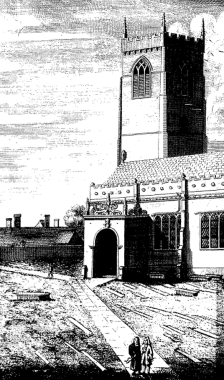Laura Sangha
Part I

Gustave Dore, The Legend of the Wandering Jew: A Series of 12 Designs, c. 1857, V&A Collections.
Story 1
A month or so ago I read Sarah Perry’s wonderful third novel Melmoth. Central to the book is the myth of Melmotka, a woman who witnessed Jesus’ resurrection, but who later denied that she had seen him. Since that time Melmotka has wandered the earth without home or respite, bearing witness to all humanity’s violence and cruelty, as she will do until Christ comes again.
The Stories of Story 1
In modern day Prague Helen Franklin traces the history of Melmotka through a collection of texts that speak of a wraith-like figure who appears at moments of great sorrow. The narratives found in these documents – a seventeenth-century letter, a contemporary manuscript, a twentieth-century journal – put flesh on the bones of Melmotka, a shadow that leaves bloody scarlet footprints where she treads, who is clad in some thin black billowy stuff, who stares with eyes that are like ink dropped into water… Continue reading





 At first glance, the Ninth Commandment, ‘Thou shalt not bear false witness against thy neighbour’, was rather niche compared to the first four precepts of the second table: honouring parents, and not killing, committing adultery with, or stealing from other people. However, as historians such as Alexandra Shepherd and Craig Muldrew have shown, credit and reputation were vital and powerful forces in early modern English society.
At first glance, the Ninth Commandment, ‘Thou shalt not bear false witness against thy neighbour’, was rather niche compared to the first four precepts of the second table: honouring parents, and not killing, committing adultery with, or stealing from other people. However, as historians such as Alexandra Shepherd and Craig Muldrew have shown, credit and reputation were vital and powerful forces in early modern English society.



